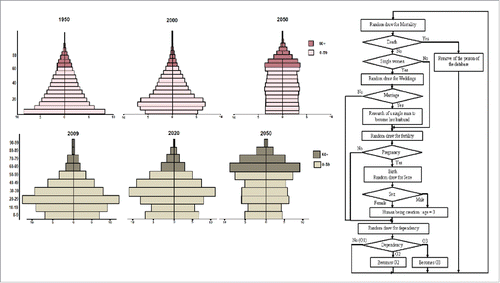Figures & data
Figure 1. Simulation of various initial architectures: random, scale-free, small world, empirical (1 and 2). (A) Radom; (B) scale-free; (C) small-world; (D) empirical-1; (E) empirical-2.
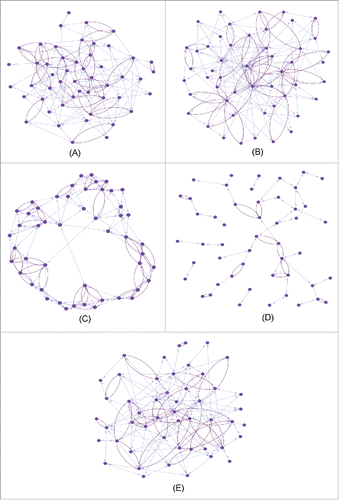
Figure 2. Inter-individual relationships between obese and non-obese individuals in a social context.
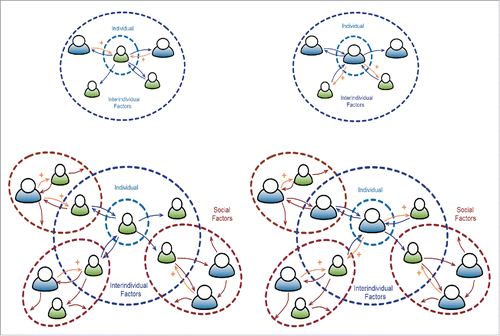
Figure 3. Dynamics with a progressive clusterization (from left to right) inside a small-world directed network with initial proportion of obese individuals in red (14,5%), overweight in pink (31.9%) and normal in white (53,6%), 0.25 tolerance and connection probability of the Version 1.
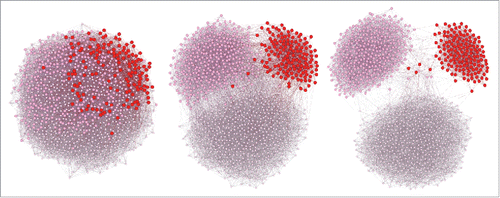
Figure 4. Evolution of the mean clustering coefficient for each state and for the architectures and initial distribution of states (normal in blue, overweight in green and obese in red) of Section 2, with tolerance equal to 0.25 and connection probability of the Version 3. (A) Radom; (B) scale-free; (C) small-world; (D) empirical-1; (E) empirical-2.

Figure 5. Initial (top) and final (bottom) distributions of the “in-degree” for the architectures and initial distributions of states of Section Methods, with tolerance equal to 0.25 and connection probability of Version 3. (A) Radom; (B) scale-free; (C) small-world; (D) empirical-1; (E) empirical-2.
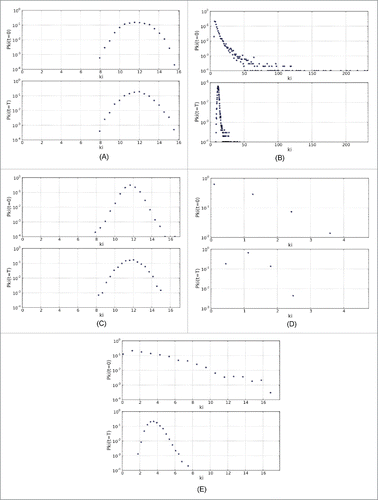
Figure 6. Left: with connection probability of the Version 3, evolution of the homophily coefficient at equilibrium as function of the mean tolerance. Right: Evolution of the relaxation time to equilibrium as function of the mean tolerance. (A) Connection version 3; (B) connection version 3.
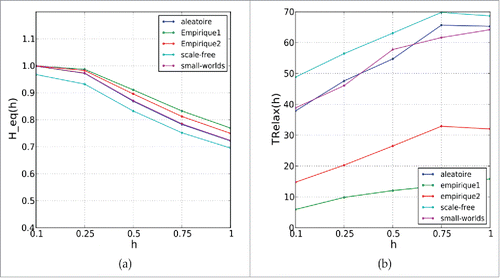
Figure 7. Homophilic dynamics representing obesity network for the architectures and initial distribution of states of , with tolerance equal to 0.25 and connection probability of Version 3. Initial conditions (A), (D) and (G); middle configurations (B), (E) and (H) and final configurations (C), (F) and (I).
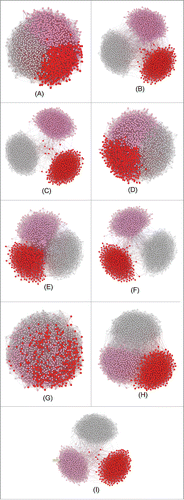
Figure 8. Aging algorithm applied each year for each human being, with DOPAMID simulations (bottom left) and World Bank data (top left from Citation20).
